









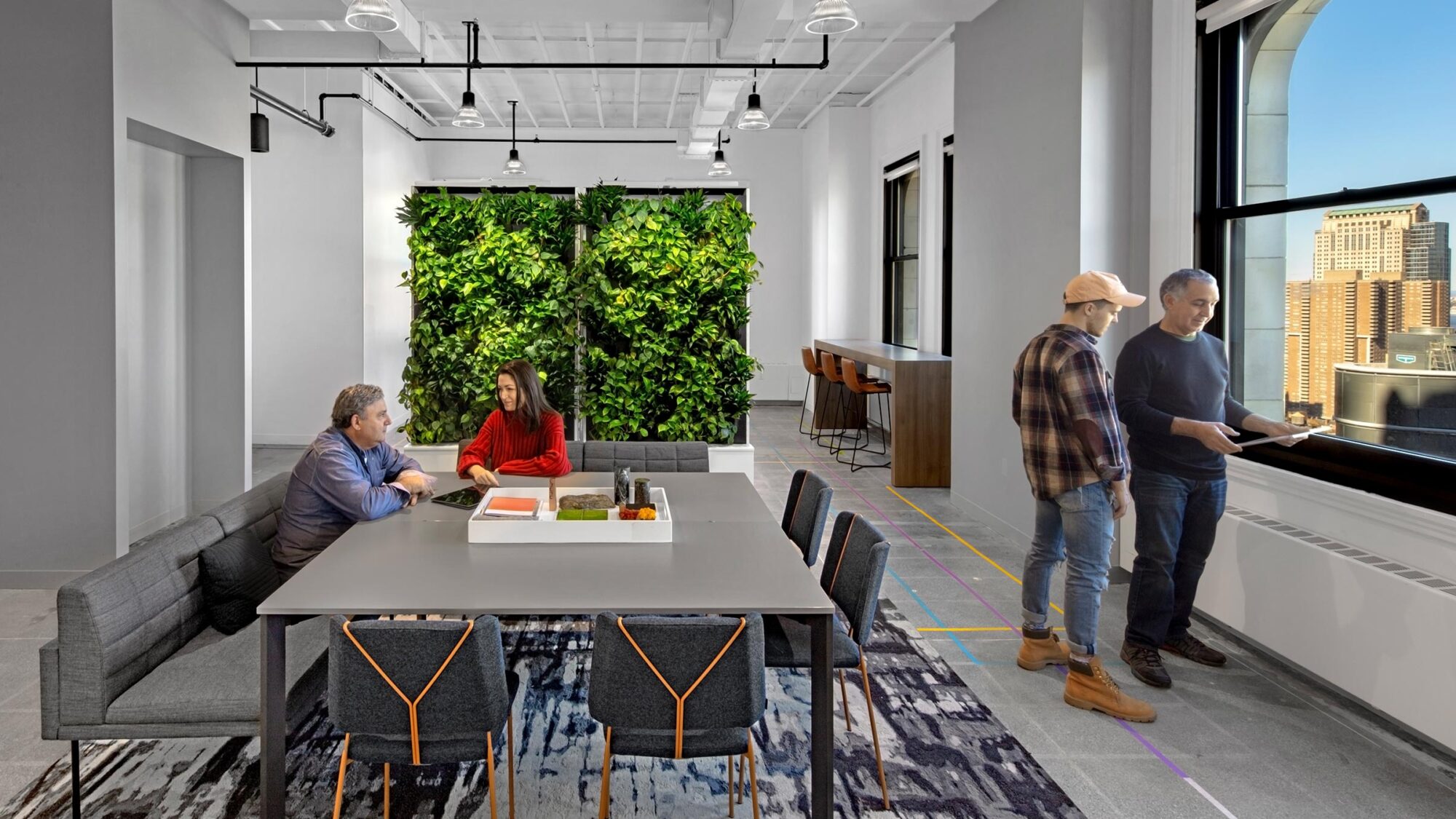
Our leadership, design and strategy teams explore new design concepts and opportunities, answering the biggest questions about the next evolution of work.
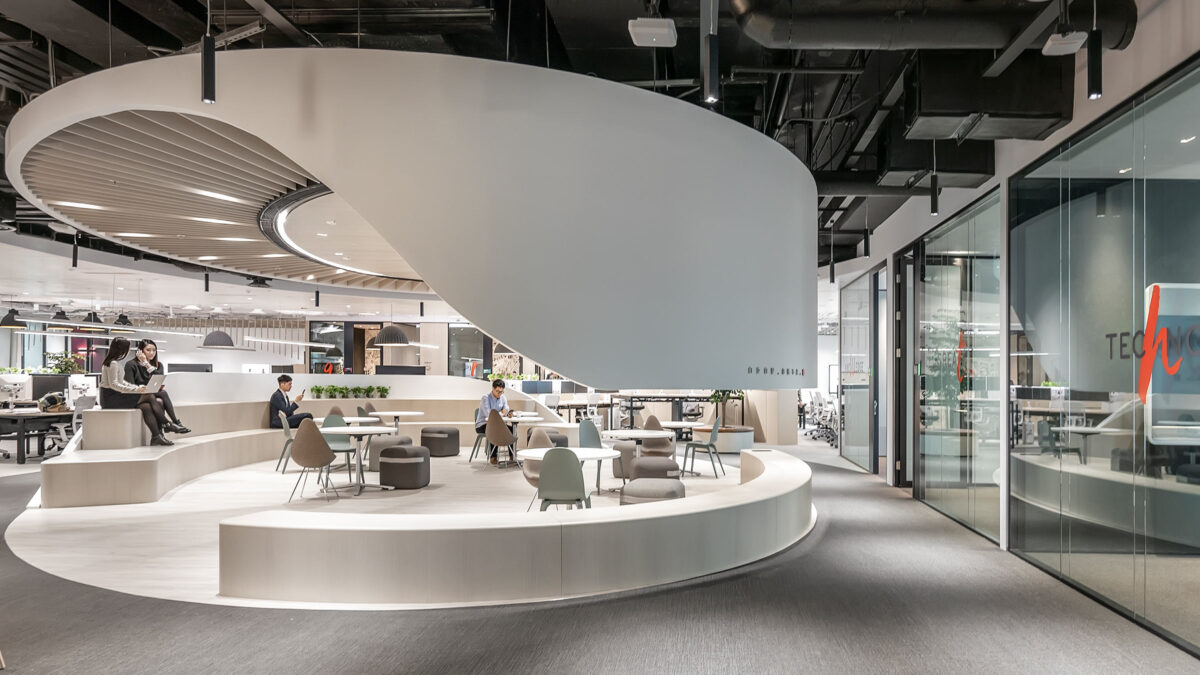
The past 5-6 months have pushed people and businesses to overcome barriers, embrace change, and find new ways to thrive in unsettled times. There have been new skills gained that will have a profound impact on the future of work. The human collective is more powerful than ever before and we see the opportunity to greater elevate the purpose of the work environment.
In our latest webinar, “Evolving design and emerging from disruption: Do offices still matter?”, our leadership, design and strategy teams explored:
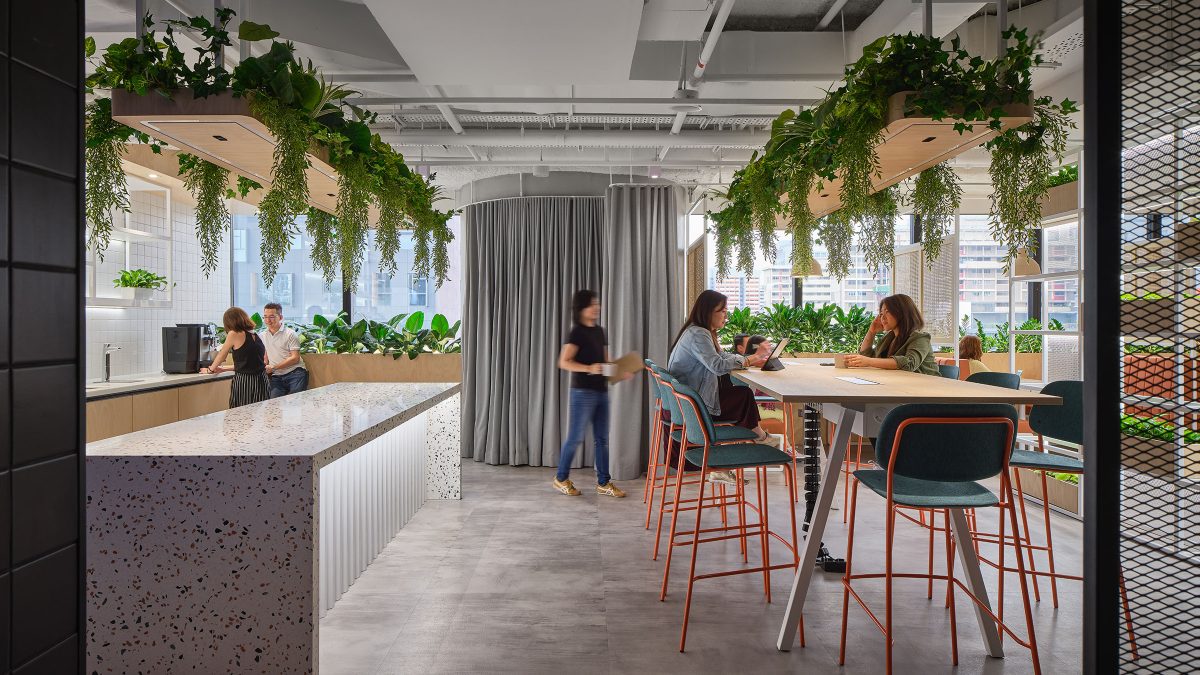
Without human connection, the long term effects on innovation are profound. To understand this better, it’s useful to consider the percentage of collaboration work vs independent work and the number of people working from home vs working from the office. How will work be done in the future?
We need to create environments that are versatile and intuitive, enabling users to choose how and when they work best. Mobility, scalability and future-proofing will also be important factors.
The M Moser New York “living lab” embraces a flexible approach, as an experimental space for developing and testing solutions for clients. This has supported the post-COVID-19 re-entry strategy with relative ease, and at limited cost, by incorporating versatile elements and infrastructure that can adapt to support virus prevention.
As designers, our role is to deliver creative solutions in the workplace. We have the power to hand that creative toolbox over to clients and users so that they can customise it to meet their individual needs. Spaces will need to be scalable, from macro to micro. Beyond the configuration of space and furniture, we can provide a range of different ambient environments (materiality or light), to enhance the user experience and inspire new ways of thinking.
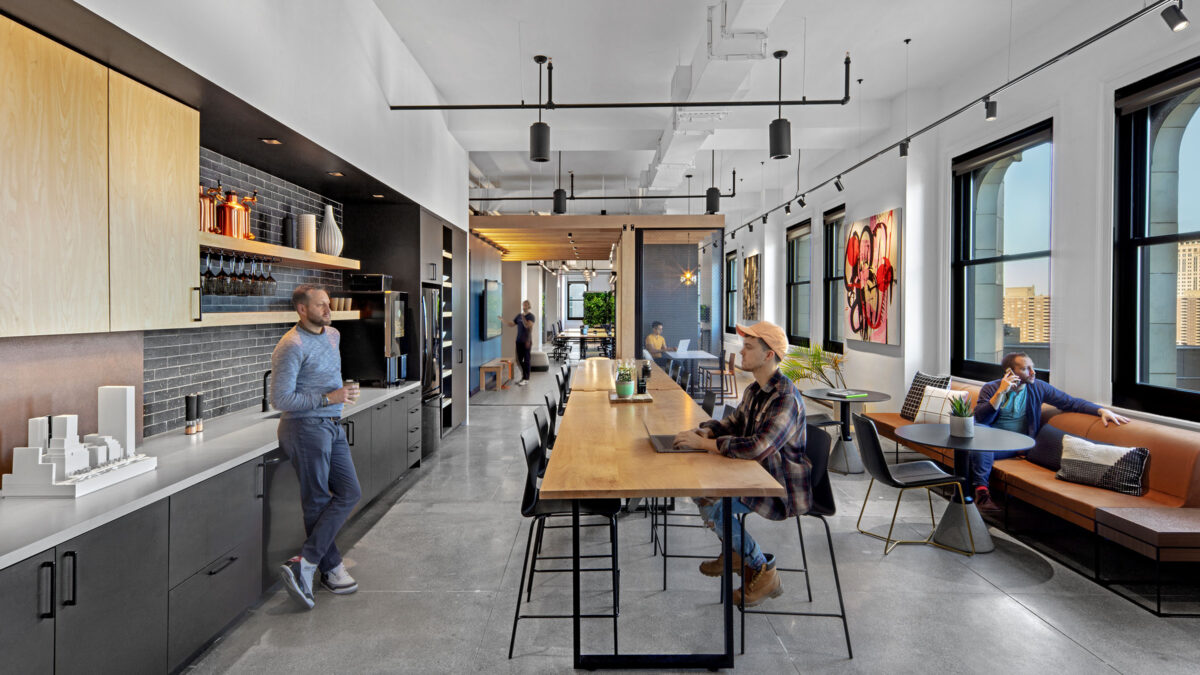
Employees need to feel secure in thinking big and being supported to learn through potential failures. Trust enables a culture of experience and builds the foundation to fail, without being a failure. Inherently felt in the workplace, trust and transparency can be enhanced through aspects of nature – jungle-inspired gardens for reset and rejuvenation or cave-like spaces for focused, quiet work. Our environment has a strong impact on emotions and behaviour, safety and vulnerability.
Tribe mentality is vital to motivation, uniting colleagues in a shared purpose or common goal. Many people want to return to the office to be immersed in the brand and social aspects of the space. These are factors that are almost impossible to replicate in the digital environment. The post-COVID-19 workplace will provide a physical manifestation of business culture, encouraging desired behaviours and building community and trust.
The flexible office also plays a significant role in fighting inertia. If employees have no freedom of choice, they can feel stuck in the status quo. Monotony and immobility can breed an undesirable culture and establishing a positive approach to experimentation is key. Inspiring spaces encourage a sense of discovery and play, making everyday moments more memorable and experiential – from interactive exploration portals to transition areas that elevate the common corridor.
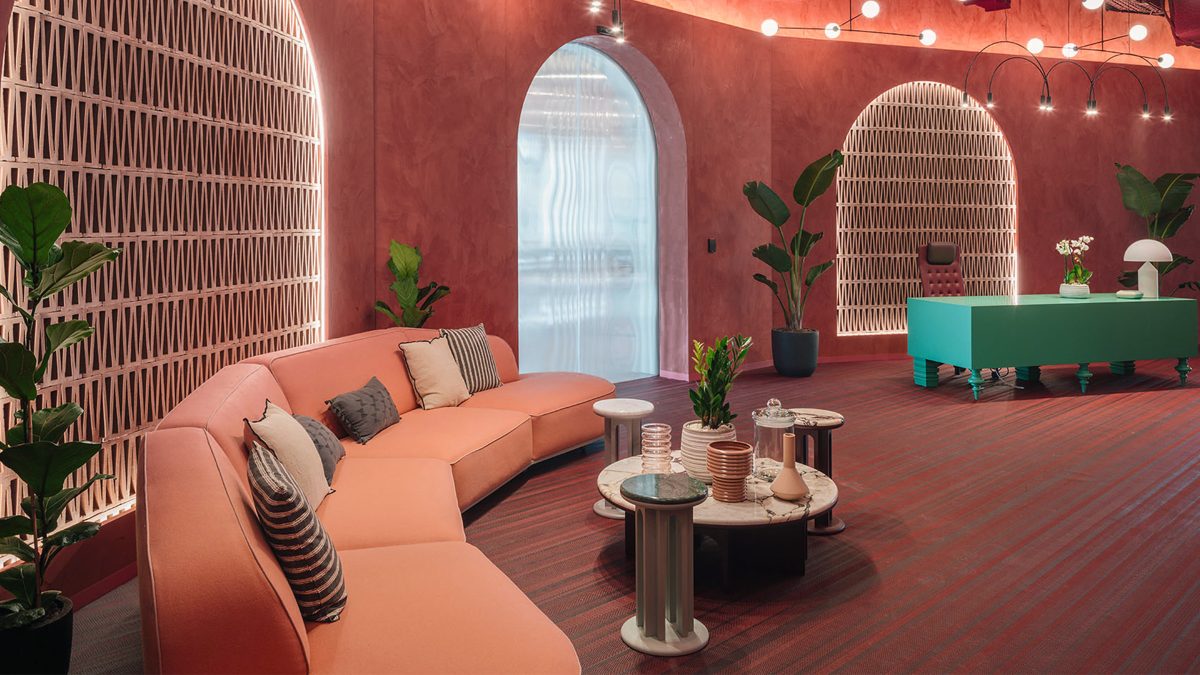
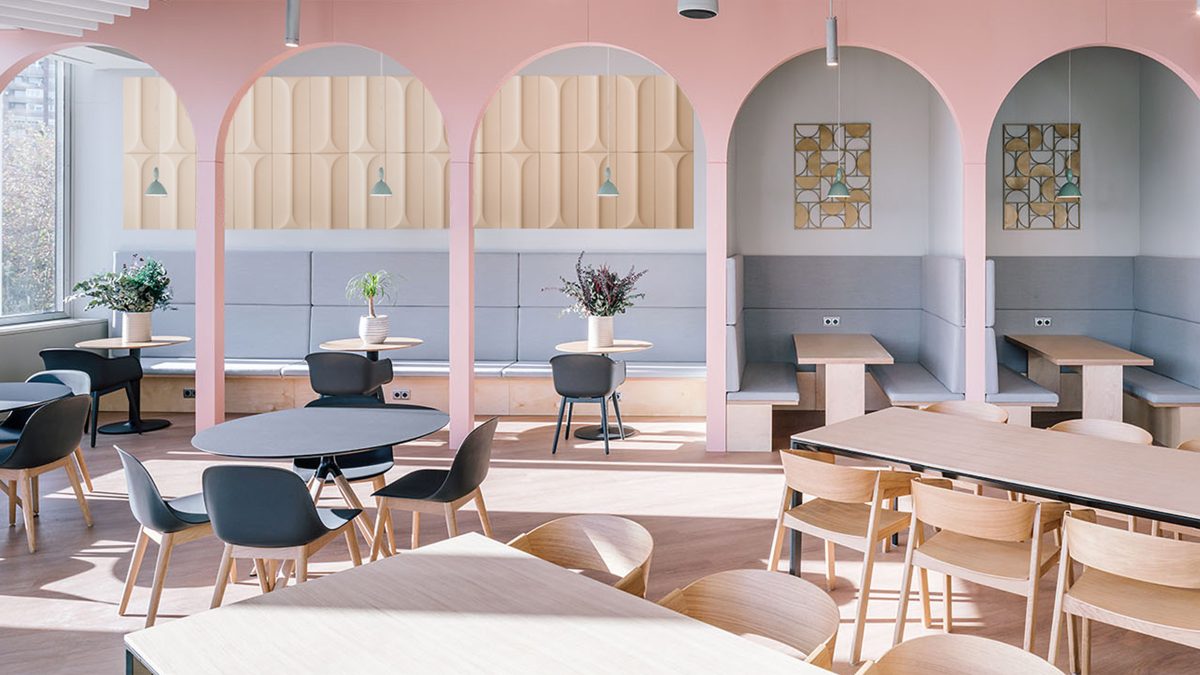
By resilience, we mean the ability and appetite to deal with change. As our clients’ businesses address accelerated transformation, we must continue to explore how this translates in relation to the physical, digital and social work environments.
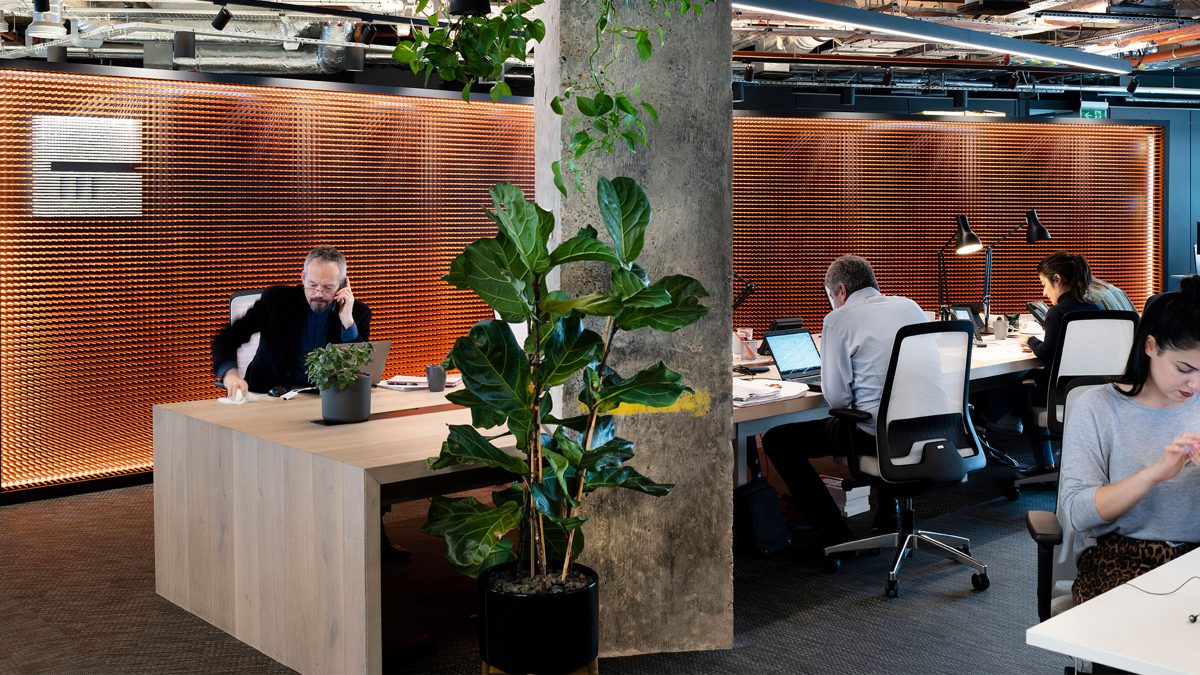
Real estate strategy will play a bigger role in attracting talent and supporting leadership goals. Locational flexibility will be important to create effective and desirable workplaces in proximity to employees. Teams will harness the capabilities of technology to enhance the workplace experience, from the smallest device through to an entire building.
Many businesses will also be considering lease flexibility and different commercial models. There will be an opportunity for the office to become a real destination and experience, reminding people of the culture and mission of a firm. The future workplace will be designed for physical, digital and social inclusion, enabling teams to work seamlessly throughout the day, across all platforms, regardless of location.
As we look to support clients in rethinking future workplaces, there will be no one-size-fits-all solution. However, we must consider that there is potential for massive ramifications. Consider a blended workplace, where working from home is combined with time in the office. The size of the footprint and functionalities will need to be reconsidered. This, magnified on projects across our portfolio, will require strategising across the board.
Group Director
Regional Director
Director, Head of Office
Associate Director, Design